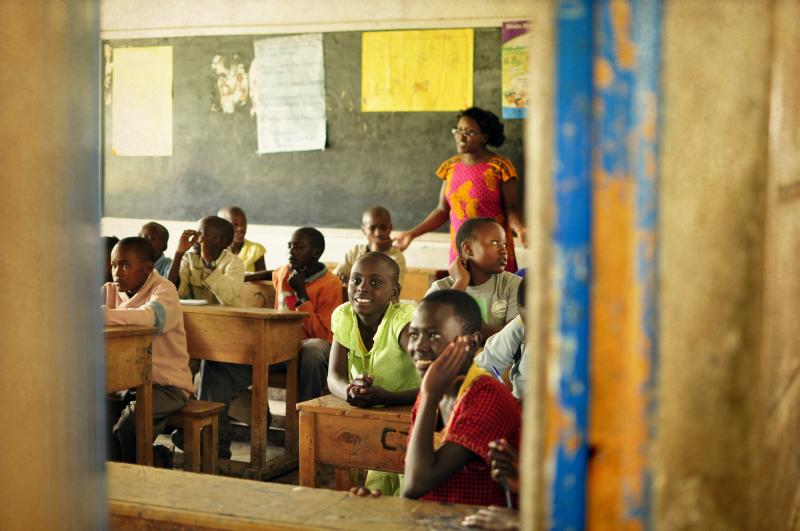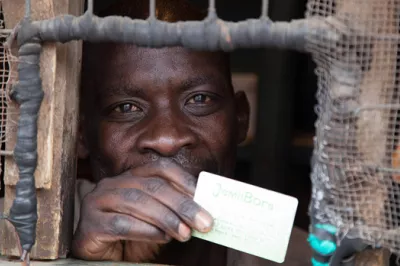Educational Transparency through Digital Finance Plus
As if teachers not showing up and children failing exams aren’t enough, the education crisis ailing poverty-stricken communities in Africa also includes a lack of financial accountability to parents. Families living below the $2 a day international poverty line are the primary stakeholders in this space, spending approximately $51 billion annually on primary and pre-primary education.
This massive spending goes toward the private schools that roughly half of these families send their children to as well as the variety of fees – some sanctioned, some not – charged at “free” public schools. Be they monthly fees, book fees, desk fees, or chair fees, there’s always a new fee for parents to pay, often charged without notice, making it difficult for parents to budget. Worse, parents rarely know where that money is actually going – if it even gets spent on anything related to the operation of the school itself. What parents can see, however, is that their children’s outcomes aren’t improving.
Bridge International Academies is working to change this. Already the world’s largest chain of high-quality, low-cost primary and pre-primary schools, Bridge has reengineered the entire lifecycle of education delivery. From how academies are scouted and built to how teachers are selected and trained and how lessons are delivered and monitored for improvement, everything is data-enabled, tracked, and measured so that Bridge can know with certainty that its pupils score an average of 35% higher in reading and 19% higher in math than their peers in neighboring schools – and use that data to make their improvement even higher in the future. Bridge’s payment system has been equally streamlined and automated for increased efficiency as well as transparency to parents.

At Bridge, every child has a unique Pupil ID number. This number is linked to their attendance and assessment records, which are used to refine lessons in nearly real-time – to their parents’ phone numbers, which are used for communications and tracking – and to their academy account, which acts as an educational savings account. Parents add money to their child’s Pupil ID account using one of several mobile money options prevalent in their communities. Once the money is in their account, parents receive a “thank you” text message from Bridge stating their new balance. That money can then go toward their child’s monthly fees, be saved for future fees, be transferred to another pupil, or be used to purchase optional items such as report books, lunch, or after school activities. Parents make these commands using simple text messages like “Send $3 from Jack 1234 to Jill 4321” (1234 and 4321 being Jack and Jill’s Pupil IDs respectively). Every transaction or request is followed by a text message response from Bridge confirming their action and stating their new balance as well as any upcoming charges they can expect. In this way, parents have full control over when they pay their academy fees, and can immediately see how their money is being spent.
All of the messages parents receive match the fees posted at their academies, as well as the records of their Academy Manager, which are automated and synced through a custom smartphone application Bridge has developed to help Academy Managers track pupil history and general academy budgeting and management. There’s no room for mysterious fees to be demanded, no room for the cash theft prevalent at many institutions, and parents have full transparency as to how their money is being spent. Parents also have control. Every Bridge International Academy is supported fully by pupils’ fees. This includes all operational expenses ranging from teacher salaries and classroom materials to drinking water and toilets. Bridge must stay incredibly attuned to parents’ needs, delivering the high-quality education it promises at a price that parents think is a good value, in order to continue to get their business. Presently, that business is strong. After just five years of operations, Bridge has over 300 Bridge International Academies educating approximately 100,000 pupils in Kenya, with plans of expanding into Uganda, Nigeria, and India in the next year.




Add new comment